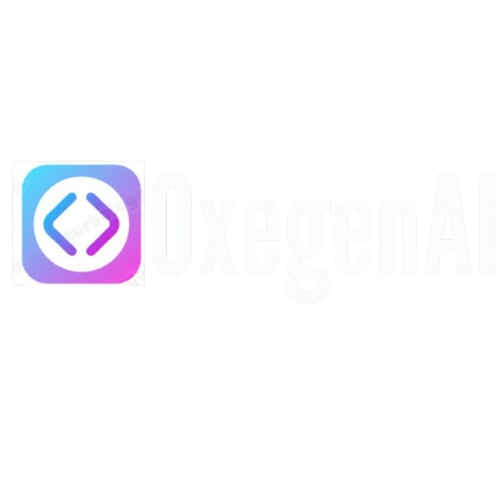Generative Artificial Intelligence (AI) represents a groundbreaking shift in how machines interact with and create content. Unlike traditional AI, which focuses on analyzing data, Generative AI produces entirely new outputs such as text, images, music, videos, and even software code. Its ability to mimic human creativity has made it a transformative force across many industries.
How Generative AI Works
At the heart of Generative AI are complex models like Generative Adversarial Networks (GANs) and Transformer-based architectures. GANs involve two networks — a generator and a discriminator — working in tandem to improve the quality of generated content. Transformer models, such as GPT-4 and BERT, use self-attention mechanisms to understand and generate human-like language, enabling applications in natural language processing (NLP) and beyond.
Large Language Models (LLMs) are a major innovation in this field. Trained on massive datasets, LLMs can generate coherent text, summarize information, assist in creative writing, and power intelligent chatbots. Tools like ChatGPT and DALL·E have become popular for their ability to produce high-quality content quickly and efficiently.
Applications of Generative AI
Generative AI is now widely used across various sectors. In marketing, it generates persuasive advertisements. In design, it creates unique artworks and logos. In software development, AI tools help with code generation and error detection. In healthcare, synthetic data generated by AI models aids in research while protecting patient privacy.
Moreover, prompt engineering — crafting specific prompts to guide AI outputs — has become an essential skill, allowing users to maximize the quality of AI-generated content.
Challenges and Concerns
Despite its many benefits, Generative AI also introduces challenges. Issues like bias, misinformation, deepfakes, and intellectual property theft raise ethical and legal questions. To address these concerns, developers are focusing on model fine-tuning, content moderation, and improving AI alignment to ensure AI acts in ways that are safe and beneficial.
Future of Generative AI
The future of Generative AI looks incredibly promising. Researchers are developing multimodal AI models capable of handling multiple types of data, such as combining text and images. Advances in self-supervised learning and reinforcement learning are expected to make AI systems even more capable, creative, and aligned with human values.
Conclusion
Generative Artificial Intelligence is reshaping how we create and interact with digital content. As technology continues to advance, the focus must remain on ethical development and responsible use to ensure these powerful tools benefit society as a whole.




